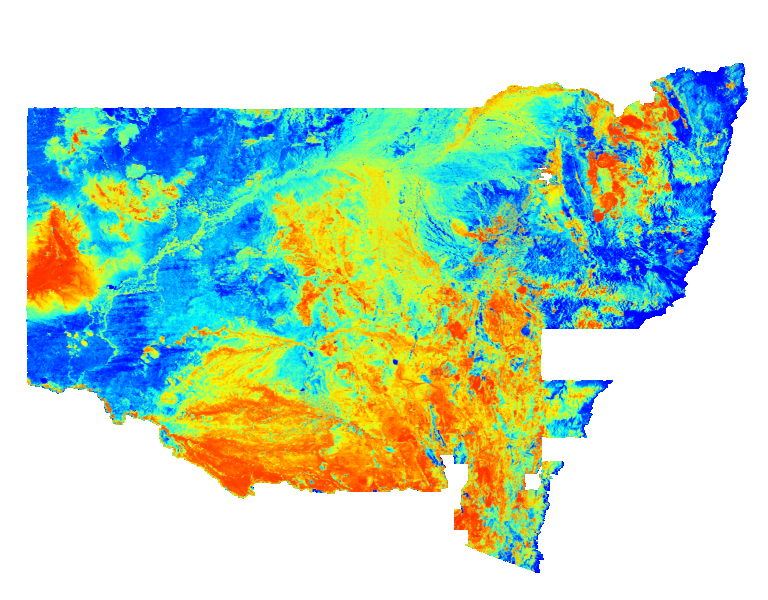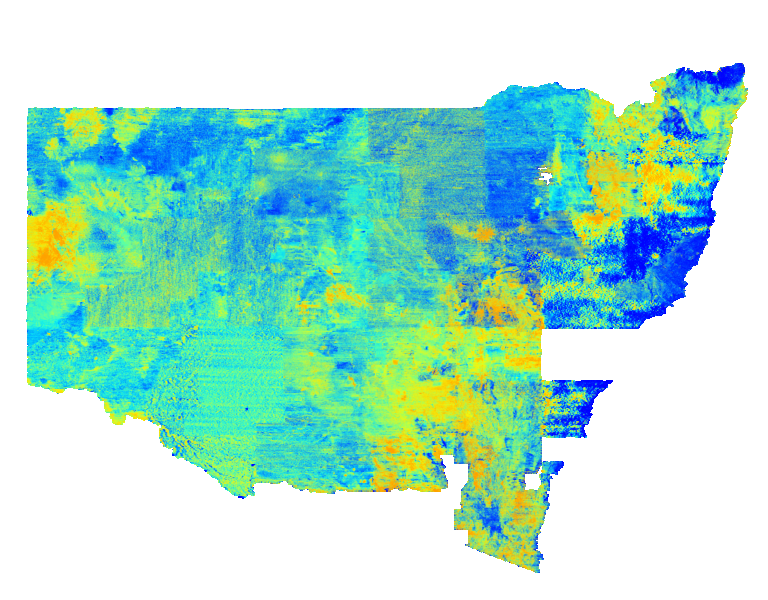Type of resources
Available actions
Topics
Keywords
Contact for the resource
Provided by
Years
Formats
Representation types
Update frequencies
status
Service types
Scale
-
Identifies Opal Prospecting Blocks in the State of NSW as defined by Part 10, Division 1, Section 224 of the Mining Act 1992 No. 29.
-
This vector contains the boundary and flight lines of Infill Area D. Infill Area D is part of the MinEx Collaborative Research Centre (CRC) Cobar Airborne Electromagnetic (AEM) survey. This survey was a collaboration between the Geological Survey of NSW (GSNSW) and Geoscience Australia. Infill D was funded by Legacy Minerals Pty. Ltd. Regional lines were funded by GSNSW.
-
The Geological Survey of NSW developed a Seamless Geology of UTM Zone 56 during 2014 as part of a project to develop a seamless vector geology dataset of the best available geological mapping data covering the whole of NSW.The overarching aims of the Statewide Seamless Geology Project were to: (i) compile the different original scales, formats and rock unit naming conventions into a consistent, statewide format; (ii) edge-match the geology across existing map sheets; and (iii) interpret the basement geology under cover. The resulting geodatabase comprises a series of layers which include: (i) solid basement geology; (ii) cover rocks (defined as undeformed and unmetamorphosed); (iii) Mesozoic igneous rocks; and (iv) Cenozoic sedimentary and igneous rocks. The project was divided into 3 major stages corresponding to the UTM zones which divide New South Wales. This dataset includes the seamless geology layers from the NSW portion of UTM Zone 56 (ie.east of 150 degrees longitude to the coast).
-
The Geological Survey of NSW developed a Seamless Geology of UTM Zone 56 during 2014 as part of a project to develop a seamless vector geology dataset of the best available geological mapping data covering the whole of NSW.The overarching aims of the Statewide Seamless Geology Project were to: (i) compile the different original scales, formats and rock unit naming conventions into a consistent, statewide format; (ii) edge-match the geology across existing map sheets; and (iii) interpret the basement geology under cover. The resulting geodatabase comprises a series of layers which include: (i) solid basement geology; (ii) cover rocks (defined as undeformed and unmetamorphosed); (iii) Mesozoic igneous rocks; and (iv) Cenozoic sedimentary and igneous rocks. The project was divided into 3 major stages corresponding to the UTM zones which divide New South Wales. This dataset includes the seamless geology layers from the NSW portion of UTM Zone 56 (ie.east of 150 degrees longitude to the coast).
-
The Geological Survey of NSW developed a Seamless Geology of UTM Zone 56 during 2014 as part of a project to develop a seamless vector geology dataset of the best available geological mapping data covering the whole of NSW.The overarching aims of the Statewide Seamless Geology Project were to: (i) compile the different original scales, formats and rock unit naming conventions into a consistent, statewide format; (ii) edge-match the geology across existing map sheets; and (iii) interpret the basement geology under cover. The resulting geodatabase comprises a series of layers which include: (i) solid basement geology; (ii) cover rocks (defined as undeformed and unmetamorphosed); (iii) Mesozoic igneous rocks; and (iv) Cenozoic sedimentary and igneous rocks. The project was divided into 3 major stages corresponding to the UTM zones which divide New South Wales. This dataset includes the seamless geology layers from the NSW portion of UTM Zone 56 (ie.east of 150 degrees longitude to the coast).
-

Pseudocolour image of the concentration of thorium in parts per million within in the upper 20 centimetres of the ground. Cooler colours indicate lower abundances of thorium and warmer colours represent higher abundances. Variations in thorium values are caused varied mineral compositions in host rocks and soils. This statewide image was generated by merging many individual airborne radiometric surveys.
-
Geophysics survey data has been reported to the NSW government and released under the requirements of the NSW Mining Act 1992. Contained within this vector file is the location of surveys and acquisition parameters. These surveys use uncommon techniques.
-
The Geochemistry (Whole Rock) data set contains information about the chemistry of rocks sampled in New South Wales and held by the Geological Survey of NSW (GSNSW). The data has been captured from analyses conducted by the GSNSW and from other work including academic research & collaborative projects, mineral exploration reports and geoscientific publications. The database contains geochemical analyses on nearly 27,000 rock samples which have been collected from field work and drilling activities which date back to the nineteenth century. There are also a small number of assay & hydro-geochemical results. It is an important dataset as the whole rock analysis of rocks for major and trace elements allows classification of the lithology of a rock and provides insight into the conditions in which the rocks formed as well as their economic potential.
-

Pseudocolour image of the ratio between uranium and thorium within the upper 20 centimetres of the ground. Cooler colours indicate lower abundances of uranium relative to thorium and warmer colours represent the opposite. Variations in U2/Th ratio are caused varied mineral compositions in host rocks and soils. This statewide image was generated by merging many individual airborne radiometric surveys.
-
A subset of the NSW water bore dataset focused specifically on Cobar.
 NSW Geoscience Metadata
NSW Geoscience Metadata